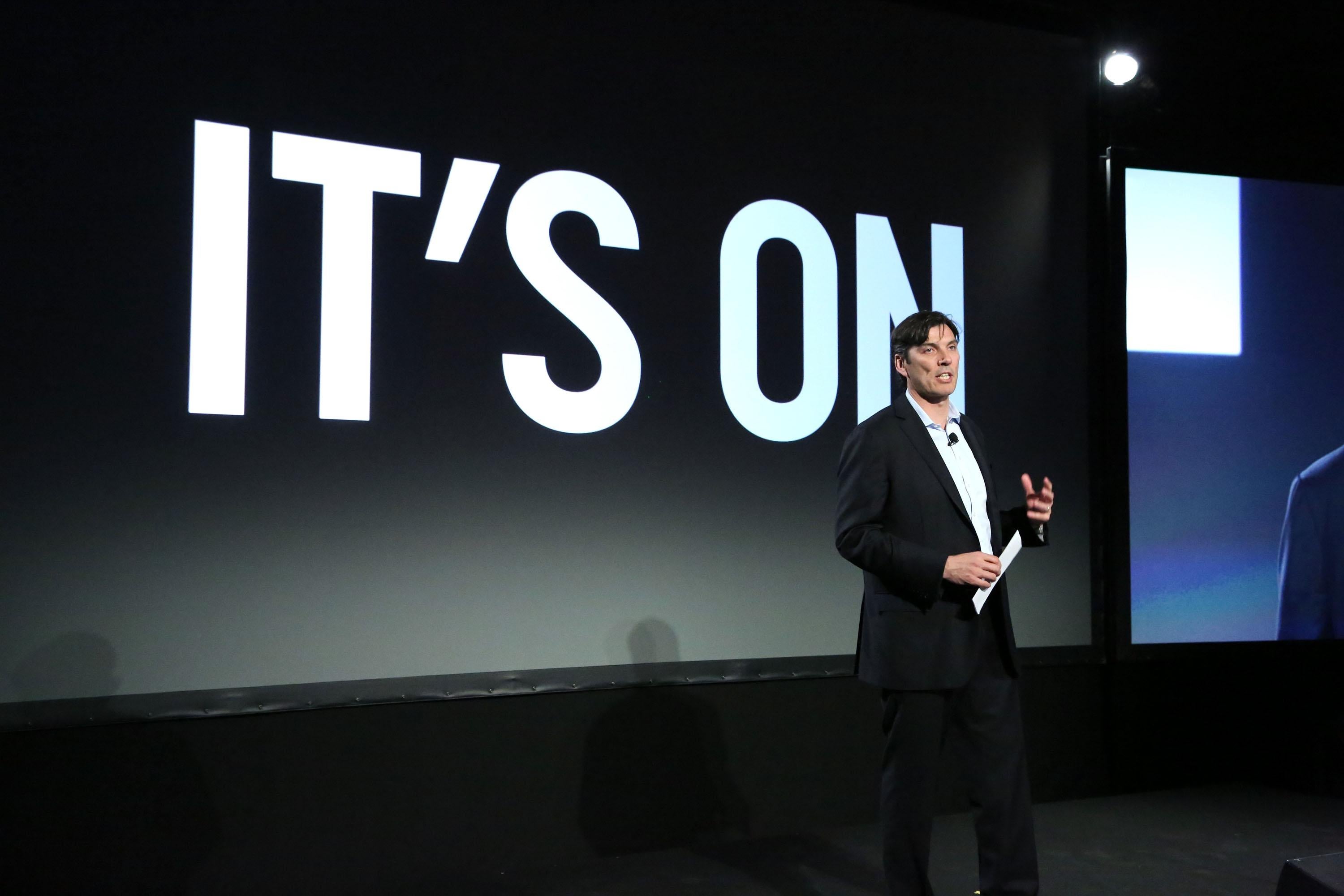The news comes today that 40 percent of Patch employees are going to be laid off by AOL. In other words, America’s biggest investment in local online news coverage is a flop.
Ad-supported online media of all kinds has serious economic challenges. But the problem for very local news seems especially intense. That said, in the realm of local news the dream of making readers pay money to read your content strikes me as unusually promising. The basic trouble with a paywall strategy is that in a competitive marketplace the price should equal the marginal cost. The marginal cost of serving an additional webpage to someone is nearly zero, so competition should drive the price down to zero.
Websites that are attached to a legacy newspaper have an important extra wrinkle to consider. Print advertising rates are still considerably higher than online advertising rates, so any time a paid subscriber to your print publication becomes a free reader of your website you lose money. Not because you lose the subscription fees but because you lose the advertising dollars associated with print. That dynamic has pushed more papers into a paywall strategy, a strategy that makes some sense and seems to be succeeded for several papers.
Still you do have to wonder about its long-term viability as an approach to national news. After all, there’s lots of great coverage of national politics out there. If you take any given news outlet in the country—even the very best one—and imagine being prohibited from ever reading its national politics coverage again, you’d still find yourself to be a pretty well-informed person. It’s a very competitive marketplace. What’s more, when someone does break a huge original scoop they’re faced with the problem that you can’t copyright the facts. Once someone breaks a story about the National Security Agency, other publications pick up the factual content of those stories and can leave you well-informed without ever having read the original story.
Local news is different. Local news outlets face competition, of course. But outside of the biggest cities, it’s competition from other kinds of news outlets, not competition from other people covering the same stories. Someone might prefer to read about sports or watch an old episode of The Sopranos or check out some contrarian arguments on Slate rather than read coverage of the local town council race. But if someone does want to read coverage of the town council race, he’s likely to find that there aren’t dozens of different websites covering it. That’s the kind of terrain where “pay me money or you don’t get to read” becomes a very promising business model. Now, perhaps it’s doomed anyway. If people don’t care about local news (which would be a shame) then covering local news will be a terrible business. But it seems to me that people do care about local news. And in the local news domain, the fundamentals are good for a pay-to-play business model over the long term.
